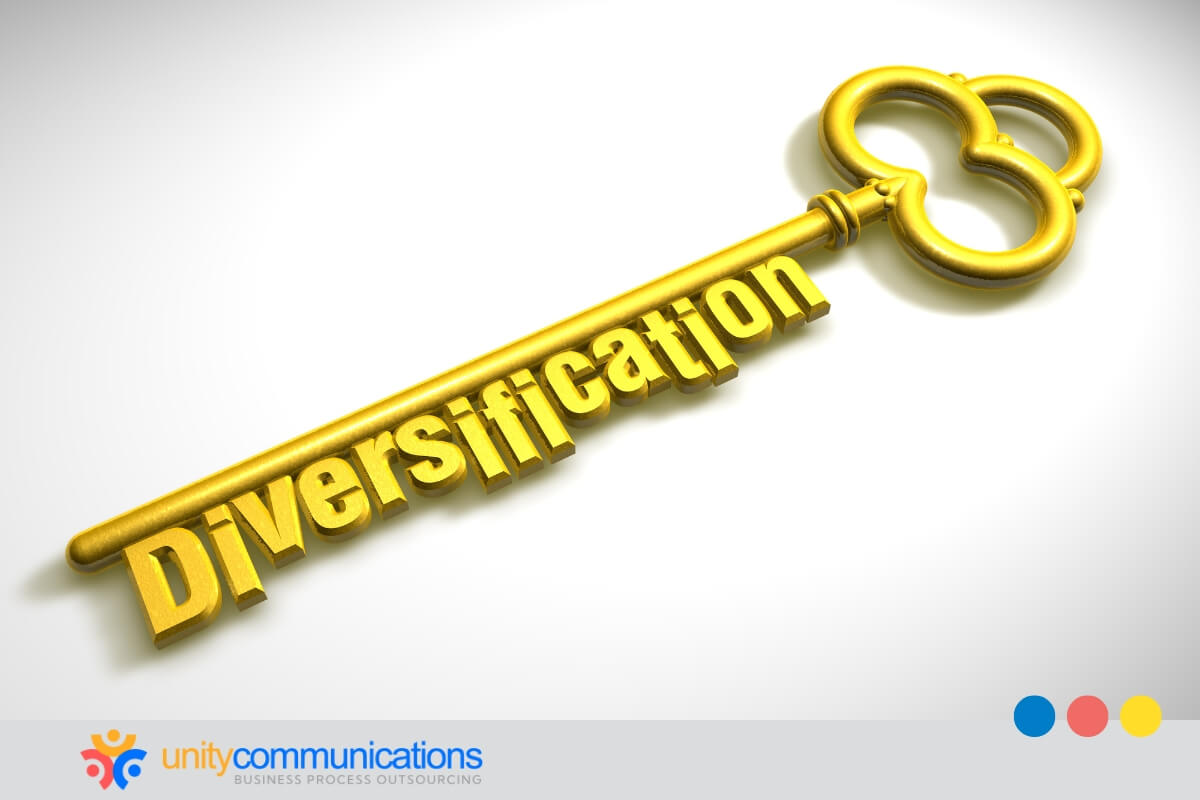Table of Contents
Multivendor outsourcing offers many benefits to businesses, from greater flexibility to access to diverse expertise and reduced risk exposure. But when is the best time to consider it?
This article discusses when to choose multi-vendor outsourcing based on many factors. These include complexity, scalability, and the need for business process outsourcing (BPO) innovation. Read below to understand how timing and conditions can help maximize its value.
8 times to choose multivendor outsourcing

By BPO definition, multi-vendor outsourcing involves delegating specific functions to several partners instead of one third party. The purpose is to lower operating costs, increase productivity, and harness domain expertise.
Companies also opt for multi-vendor models to avoid lock-in, negotiate better terms, and leverage competition among partners.
These benefits help explain the approach’s demand growth. Fortune Business Insights said the multi-vendor support services market could increase to $69 million by 2032.
Multiple vendor outsourcing can enhance flexibility, efficiency, and risk management. However, premature or late engagements can lead to fragmented operations, higher hidden costs, or missed strategic opportunities. Learn to maximize its advantages by knowing when to consider it:
1. Scalability for varying demand
Choose multi-vendor outsourcing when you want scalability despite demand fluctuations. For example, a retail company is preparing for the holiday season. It might see order volumes soar far beyond normal. Customer inquiries, returns, and logistics increase simultaneously. This puts enormous pressure on a single provider.
In these cases, demand spikes surpass what one vendor can handle. Multi-vendor outsourcing distributes the workload while keeping service levels consistent, ensuring customers continue to receive timely support.
Relying on multiple vendors makes it easier to scale resources swiftly while avoiding the risk of overloading one partner or creating bottlenecks. It also empowers you to pilot new services or enter emerging markets without committing all resources to one vendor’s capabilities.
Multi-vendor outsourcing is crucial when you need flexible capacity to match unpredictable or seasonal shifts in demand.
2. Expertise in emerging technologies
Multi-vendor outsourcing delivers the most value when specialized expertise is impossible to find when working with a single vendor.
Consider a financial firm wanting to launch a digital platform with the following:
- Artificial intelligence (AI) for fraud detection
- Robotic process automation (RPA) for back-office work
- Advanced analytics for customer insights
Relying on a single vendor often means they excel in one area but lack depth in others. This forces the firm to compromise on quality or innovation. It leads to slower implementation, higher costs, and missed opportunities.
Different vendors bring unique skills and innovations in these technologies. Their diverse expertise accelerates digital transformation and helps you stay ahead of competitors tied to one partner.
Multi-vendor outsourcing lets you adopt cutting-edge solutions quickly without delays or gaps in capability.
3. Diversification of supply-chain risk
In 2024, A.P. Moller-Maersk reported that 75% of European shippers experienced supply-chain issues, highlighting the limits of relying on one partner.
Another good time to choose multi-vendor outsourcing is when you must build resilient operations by reducing dependency on a single provider.
Engaging multiple vendors spreads risk. It reduces the impact of technical failures, regulatory hurdles, or geopolitical events. For example, manufacturers using regional suppliers can maintain production even if one country imposes export restrictions. This diversified model also creates healthy competition that drives quality and performance.
Ultimately, multi-vendor outsourcing strengthens your ability to manage evolving risks effectively.
4. Cost benefits from competitive sourcing
Multi-vendor outsourcing helps you face rising costs or stagnating service levels that a single provider cannot resolve alone. Engaging multiple BPO partners fosters competitive sourcing. It pushes providers to offer better pricing and superior services to secure or retain your business.
For instance, an e-commerce company might engage separate logistics partners for different regions. It can compare rates and service quality to reduce shipping costs and improve delivery speed. This competitive pressure drives innovation and operational efficiency, resulting in cost savings without compromising quality.
Relying on several partners protects you from vendor lock-in and preserves your negotiating power. It helps control expenses while maximizing value and performance.
5. Innovation through varied technological insights
Here is another time to choose multi-vendor outsourcing: A healthcare company developing a digital patient platform requires different technologies. These include telemedicine solutions, AI-driven diagnostics, and advanced data privacy.
Managing multiple vendors can provide fresh ideas and diverse technological perspectives that a single provider alone might not deliver. It can spark innovative solutions based on your operational needs. This diversity fosters experimentation and opens access to emerging tools and approaches.
Weaving together varied viewpoints fuels continuous innovation and keeps your strategy adaptable and future-ready.
6. Quick resolution through multiple support channels
Multi-sourcing offers rapid, multi-channel support. Different vendors can specialize in specific communication platforms, such as phone, email, chat, or social media. For example, a software company might use one vendor to handle complex technical issues via phone support while partnering with another BPO team for high-volume social media inquiries.
In this instance, a multi-vendor approach:
- Prevents bottlenecks and speeds up response times by sharing the workload among multiple partners
- Provides customers with fast, reliable support through their preferred platforms
- Enhances service quality by leveraging each vendor’s strengths and expertise in particular channels, leading to more effective and personalized customer experiences
- Increases resilience during demand surges by redirecting overflow to other vendors
- Reduces the risk of having a single provider controlling all customer interactions
Delivering quick, accessible assistance across diverse channels can boost customer satisfaction, loyalty, and competitive advantage.
7. Maintenance of high-quality service standards
Working with multiple vendors can help you deliver high service quality, which a single provider might struggle to sustain across all functions. Consider a financial services firm engaging separate vendors for customer support, IT security, and transaction processing. Each requires precise quality standards for compliance and customer protection.
Holding each provider accountable fosters reliable, uniform service delivery. This approach reduces risks and drives vendors to outperform each other, fueling ongoing improvements across your operations.
8. Long-term strategy adjustments based on vendor performance
About 80% of companies use BPO to improve efficiency, reduce expenses, and tap into specialized expertise. However, in single-vendor outsourcing, you risk locking into static relationships that limit agility and hinder performance improvements.
Multi-vendor outsourcing offers the best value when you need flexibility to adapt long-term strategies to proven vendor performance:
- Establishing clear KPIs, such as quality, timeliness, cost efficiency, compliance, and innovation, can help systematically measure and compare how each vendor contributes to their goals.
- Regular evaluations and scorecard systems make it easy to spot top performers, identify underperforming partners, and refine the vendor mix proactively.
- Tracking performance trends over time helps reveal patterns of improvement or decline.
- Stakeholder feedback offers an internal perspective on vendor effectiveness.
- Rewarding high performers and addressing issues early maintains a healthy, competitive environment that drives continuous improvement.
Maintaining an agile, multi-vendor strategy strengthens your competitiveness and resilience in a rapidly changing market.
The bottom line

When is the best time to choose multi-vendor outsourcing to maximize its value? Consider it when your business requires more flexibility, specialized expertise, and risk diversification. Companies can leverage multiple providers to optimize costs, drive innovation, and quickly adapt to changing demands.
Do you want to unlock your business’s full potential with multi-vendor outsourcing? Let’s connect and explore whether a more specialized solution fits your unique needs today.




